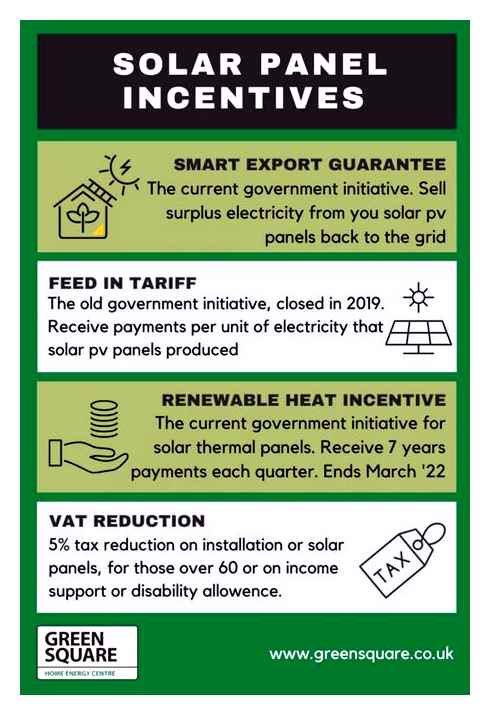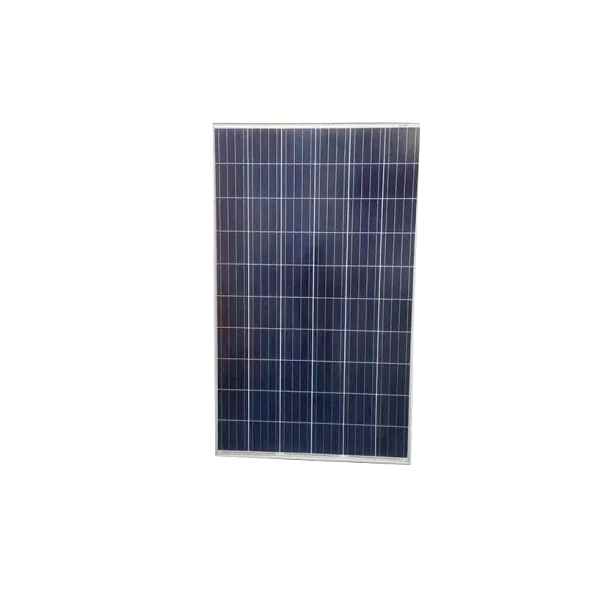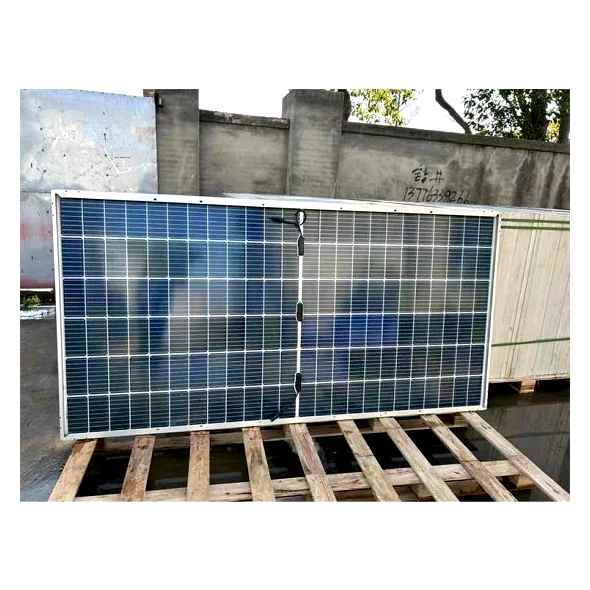Ways to Sell Surplus Solar Panels, Inverters, and Parts
Wholesale solar companies have two main options for selling excess, surplus, clearance, and used PV equipment in the secondary market. They can utilize auction sites, and they can join EnergyBin, the wholesale solar B2B exchange for the world’s PV professionals.
Both options have their advantages, but it’s important to review the differences between the two before making the decision to use one or the other. You may discover it’s to your advantage to use both. Most likely, it will depend on each individual sales lot you’re dealing with.
The biggest variance is the format and functionality of each. Auction sites operate bidding platforms and usually assess both the winning-bid buyer and the seller with fees and premiums at the time of sale. EnergyBin is a member organization comprised of vetted solar companies who pay annual dues to connect with other members, share market intelligence, and buy sell wholesale solar equipment. As you assess cost, weigh the value each option offers to determine what’s best for your business.
Use the following comparison chart to aid you in your decision-making process per surplus project.
Download Comparison Chart
Fees
The biggest difference between EnergyBin and auction sites is the cost. Rather than looking at the bottom-line cost alone, understand what value is included in the cost.
As an online business community (similar to a trade association), EnergyBin users pay annual membership dues to belong to the group. Membership includes access to the trading platform (where they can create a unique company profile, search for parts, upload inventory for sale, send and receive RFQs and Want-to-Sell/Want-to-Buy emails, and access market intelligence, such as supply demand per part number and pricing data). In addition, members enjoy exclusive networking events and access to secondary solar market resources as well as administrative support to manage inventory, make buyer-seller matches, and source equipment. Membership dues range from 300 to 5000,100.
In contrast, auction sites make their money via commission and fees that both the buyer and seller pay. The auction company will subtract a commission amount from the final selling price that the seller pays. The commission covers all the services and resources that go into running the bidding process and finalizing the sale on behalf of the seller. Another way to look at it is the convenience cost of contracting someone else to take care of your surplus for you. Other processing fees may also apply. In addition, buyer premiums usually apply, which is a percentage amount that the buyer pays. Because of commission and fees, sellers may receive as little as 50% of the final selling price.
Let’s look at an example of how the price differs between EnergyBin and auction sites. This example is based on real data from an EnergyBin member. The member recently posted 425.5 kilowatts of REC 370 Watt, 72-cell monocrystalline solar panels for sale. The lot is new with warranty. The sale price is
Format
EnergyBin is a secure, trading platform that connects buyers and sellers. All transactions are between the buyer and seller. EnergyBin representatives don’t get involved in transactions unless an ethical issue is reported. However, our reps are available to assist you with your buying and selling needs. Their support comes at no additional charge. The direct sale format protects the privacy of our members and shields pertinent transaction information from data profiteering.
Auction sites, on the other hand, are set up to take bids from buyers. The seller defines a minimum reserve that the winning bid must meet. Bidding takes place over a specified time period. The auctioneer acts as an intermediary between the buyer and seller. However, the auctioneer doesn’t take possession of the solar equipment.
.390 per watt.
For the EnergyBin membership level, we’ll apply our most popular plan, which is our Basic Membership valued at 450,500.
Auction sites charge sellers an average of 15-20% commission. Most auction sites will negotiate the commission rate with the seller. For our example, let’s assume the seller is able to negotiate a 10% commission rate.
Further, since these panels are Tier 1 and high efficiency, let’s assume the auction site charges the buyer a 10% premium. This amount is also conservative, as the typical buyer’s premium charged throughout the U.S. ranges from 12.5-25%.
Finally, our example excludes additional processing fees that auction sites may or may not charge the seller or buyer.

When we add up the numbers, the seller stands to an additional 33,190 via EnergyBin as opposed to an auction site. Plus, the 450,500 membership covers twelve months’ of access, meaning any additional equipment sold on EnergyBin during that timeframe is included in the fixed rate of 450,500, and the seller receives all the other membership benefits previously mentioned as well.
Audience
One of the most unique value points about EnergyBin is that it is an exclusive network of PV professionals from across the supply chain. EnergyBin attracts PV professionals from around the world. Prospects must pre-qualify as members. They must be registered solar companies, participate in a live screening interview with an EnergyBin representative, and provide references from companies they do business with. Members represent manufacturers, distributors, resellers, developers, EPCs, contractors, and OM companies who work in utility-scale, commercial and residential sectors and who do business in one or more countries.
However, auction sites attract vast global audiences. The sheer audience size may be appealing, but not every bidder is looking to buy solar equipment. Plus, not all auction sites pre-qualify bidders. If an auction site doesn’t have access to the right clientele, then your lot may sell for considerably less than you expect.
Final Selling Price
On EnergyBin, the final selling price is determined by the seller. The price tends to be based on fair market value or historical pricing data from similar products. Sellers often advertise discounts based on volume orders.
Whereas on auction sites, a seller has the best success when their lot value is subjective. The winning bid may or may not meet the seller’s expectation.
If you have questions about the value of your solar equipment, we’d recommend you work with an appraiser. EnergyBin is also a resource for solar companies to review wholesale pricing history for thousands of part numbers.
Equipment Required for Grid-Connected Systems
Aside from the major small renewable energy system components, you will need to purchase some additional equipment (called balance-of-system) in order to safely transmit electricity to your loads and comply with your power provider’s grid-connection requirements. You may need the following items:

Because grid-connection requirements vary, you or your system supplier/installer should contact your power provider to learn about its specific grid-connection requirements before purchasing any part of your renewable energy system. See our page on balance-of-system equipment requirements for small renewable energy systems.
Grid-Connection Requirements from Your Power Provider
Currently, requirements for connecting distributed generation systems—like home renewable energy or wind systems—to the electricity grid vary widely. But all power providers face a common set of issues in connecting small renewable energy systems to the grid, so regulations usually have to do with safety and power quality, contracts (which may require liability insurance), and metering and rates.
You will need to contact your power provider directly to learn about its specific requirements. If your power provider does not have an individual assigned to deal with grid-connection requests, try contacting your state utilities commission, state utility consumer advocate group (represents the interests of consumers before state and federal regulators and in the courts), state consumer representation office, or state energy office.
Addressing Safety and Power Quality for Grid Connection
Power providers want to be sure that your system includes safety and power quality components. These components include switches to disconnect your system from the grid in the event of a power surge or power failure (so repairmen are not electrocuted) and power conditioning equipment to ensure that your power exactly matches the voltage and frequency of the electricity flowing through the grid.
In an attempt to address safety and power quality issues, several organizations are developing national guidelines for equipment manufacture, operation, and installation (your supplier/installer, a local renewable energy organization, or your power provider will know which of the standards apply to your situation, and how to implement them):

- The Institute of Electrical and Electronics Engineers (IEEE) has written a standard that addresses all grid-connected distributed generation including renewable energy systems. IEEE 1547-2003 provides technical requirements and tests for grid-connected operation. See the IEEE Standards Coordinating Committee on Fuel Cells, Photovoltaics, Dispersed Generation, and Energy Storage for more information.
- Underwriters Laboratories (UL) has developed UL 1741 to certify inverters, converters, charge controllers, and output controllers for power-producing stand-alone and grid-connected renewable energy systems. UL 1741 verifies that inverters comply with IEEE 1547 for grid-connected applications.
- The National Electrical Code (NEC), a product of the National Fire Protection Association, deals with electrical equipment and wiring safety.
Although states and power providers are not federally mandated to adopt these codes and standards, a number of utility commissions and legislatures now require regulations for distributed generation systems to be based on the IEEE, UL, and NEC standards.
In addition, some states are now pre-certifying specific models of equipment as safe to connect to the state electricity grid.
What is Georgia Power’s solar compensation cap?
Because Georgia Power does not offer net metering, the utility does not have a specific net metering cap. The state of Georgia does have a cap on the amount of solar that can subscribe to net metering, which is set at 0.2% of a utility’s peak electricity demand from the previous year.
There is also a cap on the size of solar systems that wish to sell their electricity back to Georgia Power. Residential systems are limited to 10 kW and commercial are limited to 100 kW.
Is Georgia Power solar compensation the best in Georgia?
Georgia Power is part of the Southern Company, which is the state’s largest utility. Georgia Power is also the only investor-owned power company in Georgia, and is therefore the only company whose are regulated by the Georgia Public Service Commission.
Other types of electrical suppliers, such as Electric Membership Corporations and municipalities, are not subject to outside regulation. Rather, they are regulated by their own directors. These other types of electrical suppliers might not offer net metering and will not be subject to regulation.
What will happen to my Georgia Power solar compensation bill credits?
If your solar panels produce more power than you use in a month you will accumulate credits on your bill for the excess generation. These credits can be carried over into the next month to supplement any deficits. This excess generation is credited to your next bill not at retail rate, but at the solar avoided cost (the cost the utility would have spent to supply or purchase the power itself).
Home Solar Systems and Texas Payback Programs
Net metering is a major incentive for solar power, especially in homes that are mostly empty during the day. With net metering, surplus solar electricity that is not consumed at the time of production can be exported to the local grid, and you get a power bill credit in return.
Solar buyback is a closely related concept, where your electricity provider purchases surplus energy from your solar panels at a specified price. The term “net metering” is normally used when you get the full value of each kilowatt-hour, while “solar buyback” is a more general term that also covers programs with partial credit for each kWh.
Texas does not have a statewide net metering law, but several electricity providers and municipal utilities offer the benefit for solar owners. If you want to learn more about net metering and solar buyback programs in Texas, we have a detailed guide that covers them.
PACE Loans for Solar Power in Texas
Property Assessed Clean Energy (PACE) is a financing option for home upgrades that improve energy performance, and this includes solar panels. PACE loans normally offer a low interest rate, combined with a repayment period of 10-20 years. This means you can go solar at zero upfront cost, and pay for the system over time with the savings achieved.
PACE loans also have a major advantage over traditional loans: The loan is bound to the property where it is used, not the owner, and payments are charged along with property taxes. This means a PACE loan can be easily transferred when a home is sold.
PACE loans have been enacted by law in Texas. Due to the nature of these loans, they must be enabled by state governments before they can be offered to homeowners and businesses.
A Snapshot of Texas’ Electric Sector in 2022
Texas has a deregulated energy market operated by ERCOT, with kilowatt-hour below the US average. The following table compares kWh by market segment, considering Texas and the US in general (latest data from the EIA as of June 2022):
Texas is by far the largest producer of oil and gas in the US. In 2021, the Lone Star State provided 43% of the country’s crude oil, and 25% of marketed natural gas. Texas not only has the highest fossil fuel production, but also the highest electricity output. The state generated 12% of US electricity in 2021, roughly two times the output of Florida in 2nd place.
In June 2022, the US EIA reported a net summer capacity of 140,303 MW for Texas, which represents 12.2% of nationwide installed capacity.
- Natural gas is the main source of electricity, accounting for 50% of generation.
- Texas has been the leading wind power state for 16 years, with 26% of nationwide wind output in 2021.
- Wind energy surpassed nuclear power in 2014, and coal power in 2019. Wind turbines currently provide around 20% of the state’s electricity.

The Lone Star State also has the highest energy consumption in the US, and the 6th-highest per capita consumption. The industrial sector accounts for more than half of consumption: Texas is home to many energy-intensive facilities such as refineries and petrochemical plants.
The state’s population of 29.5 million also contributes to a high demand for energy, but the residential sector only represents 1/8 of energy usage. Considering only residential consumption, Texas is among the top 20% most efficient states. Around 60% of Texan households use electricity as their main energy source for space heating, but peak demand tends to happen in the summer due to air conditioning.
Go Solar In Texas
Solar Tax Deductions
Solar panels increase the value of a home, and this normally leads to higher property taxes. Fortunately, Texas offers a property tax exemption for any increase in home value that results from renewable energy systems. For example, if your home value increases from 320,000 to 350,000 with solar panels, your property taxes will still be calculated for 320,000.
Keep in mind that state tax benefits can be combined with the nationwide federal tax credit, which is equivalent to 26% of solar costs in 2022, decreasing to 22% in 2023.
Rebates on Solar Panel Installations
Now that the electricity market is deregulated in Texas, it’s more affordable than ever to get started with solar energy. Depending on your location, you can find rebates of up to 40% to offset solar installation costs. Some cities, like Plano, also offer Smart Energy Loans (SELs) to help you install energy efficient systems.
Corporate Social Responsibility
Businesses of all sizes are choosing solar as a show of social responsibility and support for renewables. Major corporations are spending millions of dollars to implement energy efficiency strategies across the board. The movement towards solar energy is helping reduce energy pollution from fossil fuels, and you can be a part of it! If you’ve been reluctant to switch to solar for fear that it’s too pricey, we’ve got news for you. Get more information on commercial solar systems.